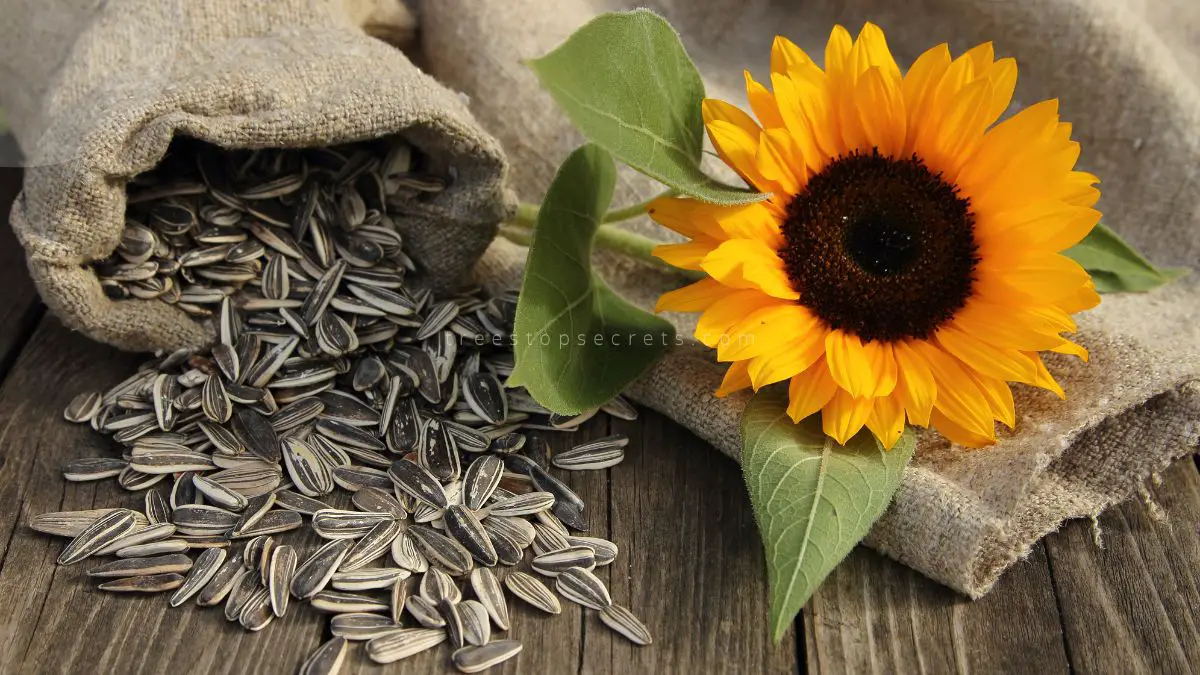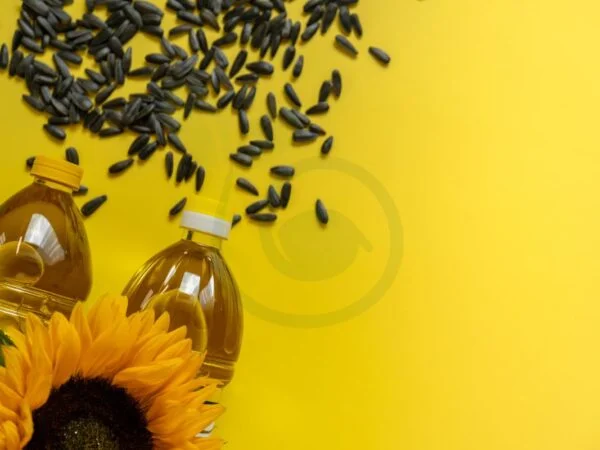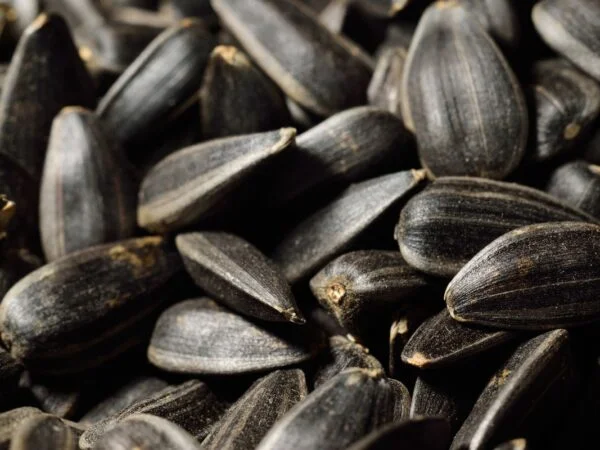Want to enjoy the beauty of sunflowers year after year? Learning how to get seeds from sunflowers is the key. By following a few simple steps, you can harvest seeds for planting or snacking. Contrary to popular belief, extracting sunflower seeds is a straightforward process that anyone can master with ease.
Whether you're a gardening enthusiast or just looking to try your hand at something new, this guide will walk you through the process step by step. Say goodbye to store-bought seeds and hello to your very own homegrown sunflowers. Ready to get started on your seed-saving journey?
Key Takeaways
- Harvest sunflower seeds when the flower heads turn brown and the back of the head turns yellow.
- Use different methods for harvesting sunflower seeds based on intended use: eating, planting, or making suet cakes.
- Follow a step-by-step guide for seed removal by rubbing the seeds off the head and separating them from the debris.
- Dry sunflower seeds thoroughly before storing or replanting to prevent mold and ensure viability.
- Save seeds in a cool, dry place in a paper bag for future planting, labeling them with the date and sunflower variety.
- Enjoy roasted sunflower seeds by seasoning them with salt, pepper, and oil before baking for a delicious snack.
Understanding Sunflower Seed Harvesting
Best Time to Harvest
- Choose a sunny day for harvesting sunflower seeds.
- Harvest sunflower seeds in the morning when the dew has dried.
- Look for signs of maturity like brown disc florets before harvesting.
Key Harvesting Techniques
- Use a twisting motion to detach the sunflower seed head from the stem.
- Gently rub the seed head to release the seeds into a bucket.
- Wear gloves to protect your hands while harvesting sunflower seeds.
Removing Seed Heads
- Cut the sunflower seed heads with a few inches of stem attached.
- Shake the seed head to loosen the seeds before removing them.
- Use pruning shears to cut through tough stems for easier seed head removal.
Let Seeds Ripen
- Allow sunflower seeds to fully mature on the plant before harvesting.
- Check for blackening of the back of the sunflower head as a sign of ripeness.
- Ensure the seeds are plump and firm before harvesting for optimal quality.
Harvesting Seeds for Various Uses
For Planting
When it comes to planting sunflower seeds, choose healthy, fully developed ones. Plant them in well-draining soil under full sun exposure. Water regularly for strong roots.
For Roasting
Rinse the sunflower seeds thoroughly before roasting to remove debris. Season with salt, pepper, or other desired spices. Monitor closely to prevent burning.
For Bird Feeding
To attract birds, hang sunflower seed heads in your garden. Offer a variety of seeds and nuts. Place bird feeders strategically to deter predators.
Step-by-Step Guide to Seed Removal
Cut and Store Heads
Cut sunflower heads carefully with a sharp knife to maintain seed quality. This step ensures the seeds are intact and undamaged during the extraction process. Storing sunflower heads in a cool, dry place is crucial to prevent mold growth. By storing them properly, you can preserve the seeds for future use. Labeling storage containers with the sunflower variety and harvest date helps in easy identification and organization. This practice streamlines the seed-saving process for different types of sunflowers.
Remove Seeds Efficiently
To efficiently remove seeds from the sunflower head, use a fork to loosen them from the flower center. The fork's prongs help in separating the seeds without damaging them. Once loosened, gently blow on the seeds to remove any remaining chaff or debris. This simple technique aids in cleaning the seeds effectively before storage. For further cleaning, utilize a sieve or mesh screen to separate any remaining debris from the sunflower seeds. This additional step ensures that only clean, pure seeds are saved for planting or consumption.
Drying Seeds for Re-Planting
Hang for Drying
Hang sunflower heads upside down in a well-ventilated area to dry them effectively. Ensure proper spacing between the heads to aid air circulation, crucial for drying. When tapping the seeds, listen for a hollow sound indicating they are thoroughly dried and ready for storage.
Dry Seed Process
Lay sunflower seeds in a single layer on a flat surface to dry them evenly. Rotate the seeds regularly to prevent uneven drying and ensure optimal quality. Avoid exposing the seeds directly to sunlight during the drying process to prevent any potential damage.
Saving Seeds for Future Planting
Tips for Growing
Sunflowers, from seed, thrive in locations with 6-8 hours of daily sunlight, ensuring optimal growth and development. Water deeply but infrequently to promote deep root growth, aiding in the plant's stability and nutrient absorption. Shield young sunflower plants from strong winds to prevent breakage and ensure their healthy growth.
Save Seeds Properly
To maintain the viability of finished seeds, store them in airtight containers to preserve freshness and prevent exposure to moisture. Keep the seeds in a cool, dark place away from humidity to avoid premature germination or mold growth. Periodically inspect stored seeds for any signs of mold or pests to ensure their viability for future planting.
Preparing Sunflower Seeds for Eating
Soaking Seeds
k sunflower seeds in a saltwater solution to enhance flavor. Rinse the soaked seeds thoroughly to remove excess salt before drying. Adjust the soaking time based on personal preference for saltiness.
Drying and Baking
Dry soaked sunflower seeds on paper towels to remove excess moisture. Bake the dried sunflower seeds at a low temperature to preserve nutrients. Experiment with different seasonings like garlic powder or cayenne pepper for flavor.
Recipe for Roasted Sunflower Seeds
Ingredients Needed
To make delicious roasted seeds, gather sunflower seeds, water, salt, and desired seasonings for soaking. Prepare baking sheets, parchment paper, and olive oil for roasting. Have beef fat or lard, millet, cherries, raisins, and honey for suet cake making.
Roasting Directions
For perfectly roasted sunflower seeds, preheat the oven to 325 degrees F. Spread the seasoned sunflower seeds evenly on a baking sheet. Bake the seeds for 25-30 minutes until they turn golden brown and become crispy.
Making Suet Cakes with Sunflower Seeds
Suet Cake Recipe
- Combine sunflower seeds, beef fat or lard, millet, cherries, raisins, and honey in a bowl.
- Melt the fat and mix in the ingredients thoroughly for a consistent blend.
- Pour the mixture into containers, refrigerate until solid, and then freeze for storage.
Directions for Suet Cakes
- Fill containers with the suet cake mixture evenly to ensure uniform portions.
- Chill the suet cakes until firm to prevent crumbling during handling.
- Place suet cakes in bird feeders or hang them in mesh bags for convenient bird feeding.
Final Remarks
You've learned the ins and outs of harvesting sunflower seeds, from seed removal to drying and saving for future use. Now, armed with this knowledge, you can enjoy your sunflowers to the fullest. Whether you want to replant them, snack on roasted seeds, or make suet cakes, you're all set to make the most of your sunflower harvest. Get your hands dirty and enjoy the fruits of your labor!
Frequently Asked Questions
How do I know when sunflower seeds are ready for harvesting?
Sunflower seeds are ready for harvesting when the back of the flower head turns brown and the seeds appear plump. You can also gently press a seed with your fingernail - if it leaves an indent, the seeds are not ready.
How should I store harvested sunflower seeds for future planting?
Store harvested sunflower seeds in a cool, dry place in a paper bag or envelope. Make sure to label the container with the seed variety and date of harvest. Avoid storing seeds in plastic bags as they can trap moisture.
Can I eat sunflower seeds straight from the flower or do they need to be processed?
You can eat sunflower seeds straight from the flower, but it's recommended to remove them from the flower head and dry them before consumption. Drying the seeds helps enhance their flavor and makes them easier to digest.
What is the best way to prepare sunflower seeds for eating?
To prepare sunflower seeds for eating, soak them in saltwater overnight, then roast them in the oven until golden brown. This process enhances their flavor and crunchiness. You can also experiment with different seasonings like garlic powder or chili flakes.
Are there any creative ways to use sunflower seeds besides eating them?
Yes, you can use sunflower seeds to make suet cakes for birds by mixing melted suet with sunflower seeds and allowing it to harden. Hang these cakes in your garden to attract a variety of bird species for feeding and observation.
Image Source: Paid image from CANVA




